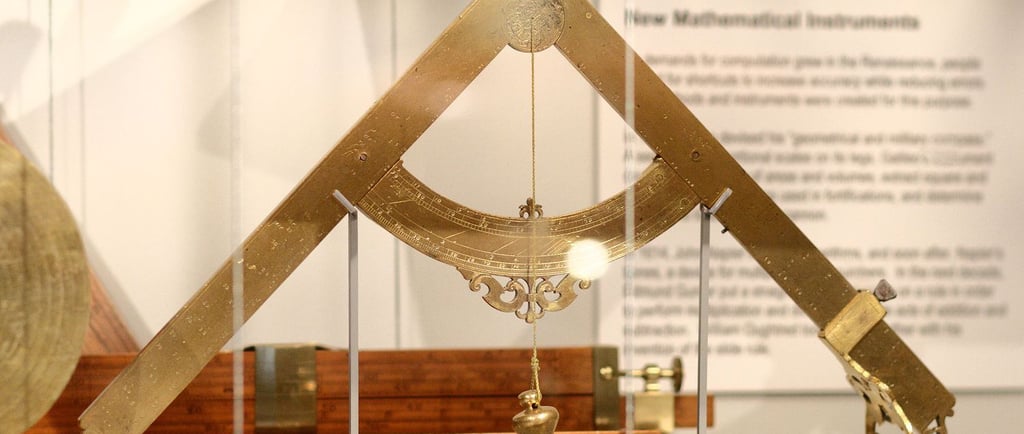Galileo’s Pendulum Discovery 🌍 Science in Timekeeping
Stories About Time: Measuring Moments Through History ⏳🌞🌕 from the chapter "Towards an Understanding of Linear Time" from the History Album. In this chapter we invite children to a journey through the fascinating evolution of timekeeping. Starting with observing the Sun🌞, and people who first noticed the movement of shadows to mark the day, to the people who noticed the phrases of the Moon 🌙, and tracked the lunar cycle to create months, these stories uncover humanity’s inventive ways of measuring moments.Children will marvel at ancient innovations, like sundials and lunar calendars, and explore cultural contributions, such as candle clocks 🕯️ and water clocks 🌊, that paved the way for modern timekeeping. Each story weaves history, science, and culture, showing how humans connected with the natural world to organize their lives. 🌿✨Through these narratives, children will see time not just as a number on a clock, or passing month on the callendar, but as a rich legacy of human curiosity and creativity. With hands-on activities like building sundials and journaling moon phases, they’ll become modern-day timekeepers, inspired to ask, “How did people measure time before clocks?” and “What can I discover about time?”This vivid exploration links the past to the present, sparking imagination and a deeper appreciation for the ingenuity of those who came before us. 🌍✨
HISTORY STORIES
12/17/20243 min read


Do you remember the Prague Astronomical Clock ⏰, with its shimmering golden dials, magical moving figures, and ability to show the hours, the sun ☀️, and the moon 🌙? It was a wonder of its time, but there was still something missing. It couldn’t measure the smallest parts of time—seconds, those tiny heartbeats that tick by quietly.
People began to wonder: How could we measure these tiny moments more accurately?
This question brought us to a man named Galileo Galilei 🌟. Galileo lived in Italy, over 400 years ago, during a time when people were discovering new things about the stars, the Earth, and the secrets of nature 🌌.
Even as a boy, Galileo was filled with curiosity. He loved to take things apart and figure out how they worked. He would watch the night sky 🌟, ask questions about the stars, and observe the world around him with eyes full of wonder. While other children might play games, Galileo was often busy with experiments, building little machines out of wood and string or dropping objects to see how they fell. “Why does this happen? How does it work?” he would ask. Galileo’s father, who was a musician 🎻, taught him to listen carefully to sound and rhythm—skills that later helped Galileo understand patterns in nature.
As he grew older, Galileo kept asking questions and exploring the world. One day, while standing inside a Pisa grand cathedral 🏰, his curiosity led him to make a discovery that would change timekeeping forever.High above him, a chandelier swayed gently—back… and forth… back… and forth. The cathedral was still and silent. The only movement was the chandelier, swinging in a slow, steady rhythm.
Galileo’s mind began to wonder. “This chandelier moves so smoothly, like it’s following its own perfect beat. What if this steady movement could help us measure time?”
He watched carefully, and something incredible happened: he noticed that each swing of the chandelier took the same amount of time. Whether the arc was wide or narrow, the rhythm stayed constant. It was as if the chandelier was telling him the secret of time—tick… tock… tick… tock.
Galileo had discovered the power of the pendulum. 👏 Pen – du – lum 👏! The word comes from the Latin pendere, which means “to hang.”
( Use a small rock glued to a string to demonstrate Galileo’s experiment as you tell this part of the story ) Galileo decided to test his idea further. He tied a weight to a piece of string and let it swing, just like the chandelier. He found that the length of the string controlled how fast the pendulum swung. The shorter the string, the faster it swung. The longer the string, the slower it moved. Galileo had discovered that the pendulum’s rhythm could be used to measure seconds—something no clock before had ever done!
But Galileo’s idea was just the beginning. While he dreamed of building a clock that used a pendulum to keep time, he never got the chance to build it himself. His discovery, like a treasure chest full of ideas, was waiting for someone else to open it.
Years later, another clever inventor would turn Galileo’s idea into the first pendulum clock—a clock so precise that it changed the way humans measured time forever.
But that’s a story for another day… 🕰️✨
Follow-Up Activities:
1. Build Your Own Pendulum ⏳
• Use a small weight (like a rock or washer) and a string. Let it swing back and forth, and count how many swings it takes in 30 seconds. Can you turn your pendulum into an acurate minute timer?
• Try changing the length of the string. What happens to the speed of the swings?
2. Time Your Pendulum ⏱️
• Create pendulums of different lengths (e.g., 20 cm, 40 cm, 60 cm).
• Time how long it takes for 10 swings. Compare the results and notice the difference.
3. Discover More Rhythms in Nature 🌳
• Look for other objects or movements in nature that seem to follow a rhythm. For example:
• Swings in a park
• Waves at the beach 🌊
• Heartbeats 💓
• Discuss: How are these rhythms similar to a pendulum?
4. Pendulum Art 🎨 video
• Hang a small bottle with paint from a string. Let it swing gently over a piece of paper. Watch as the pendulum creates beautiful patterns!
• Observe the path it takes and discuss how the swing creates these shapes.
This story is part of the following Clock Stories Series which can be turned into Drama Play or Storybook Compilation.
Ancient Timekeeping
🌞 The Sun Watchers ~3500 BCE
🌊 The Water Clock Wonders ~1500 BCE
🏛️ The Tower of the Winds ~50 BCE
Medieval Timekeeping
🕯️ The Candle Clock ~980 CE
🌌 Su Sung’s Astronomical Water Clock ~1092 CE
⏳ The Hourglass Sand Masters ~14th Century
🛎️ The Mechanical Church Bells Chime ~14th Century
Science in Timekeeping
🌟 Astronomical Marvel: The Prague Clock ~1410 CE
🌍 Galileo’s Pendulum Discovery ~1602 CE
Modern Timekeeping
With Montessori joy,
Vanina 😊

